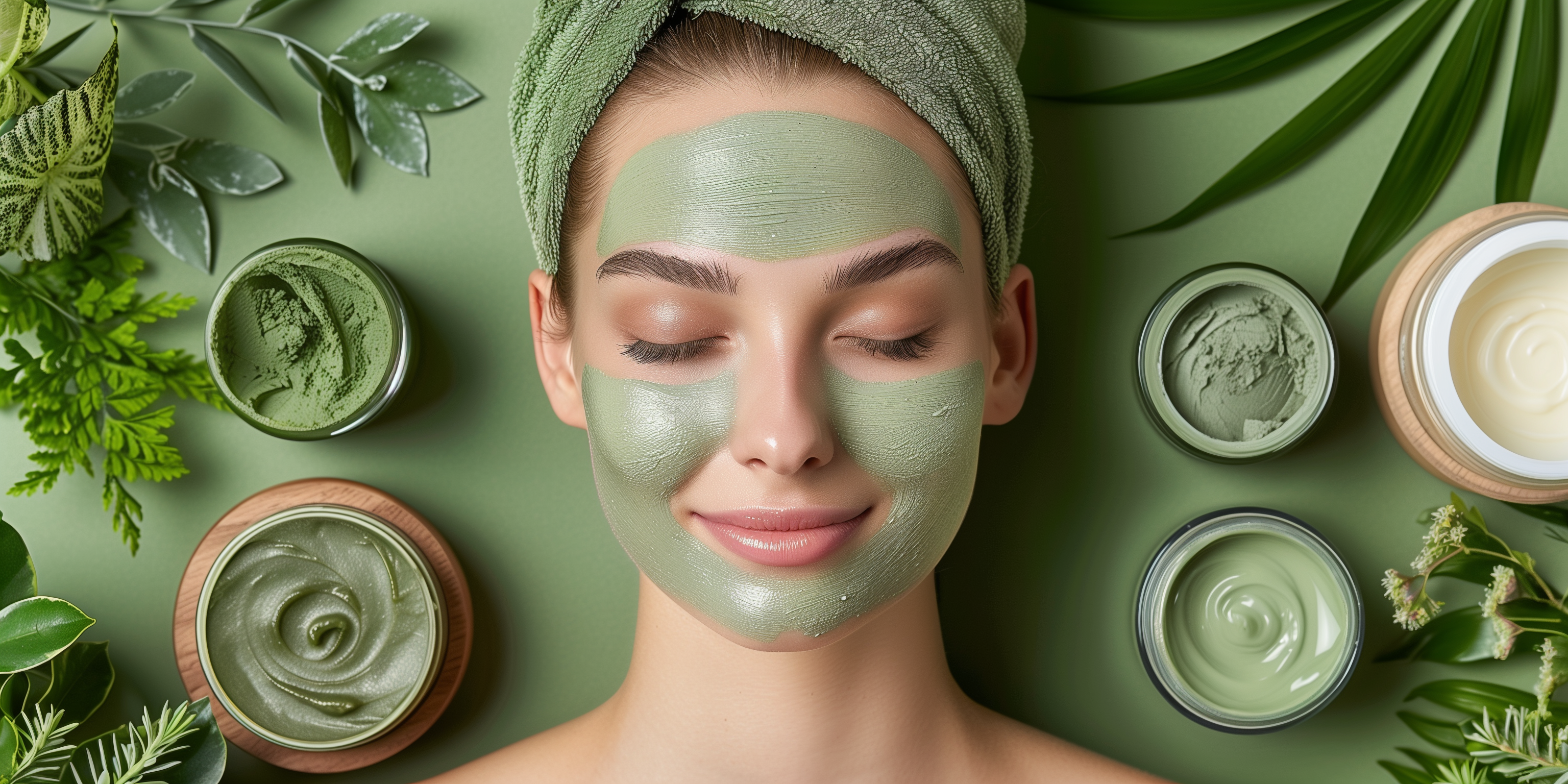Clean Beauty and Sustainability: How Brands Are Making a Difference
The clean beauty movement has risen not just as a trend but as a crucial shift towards more ethical and sustainable practices within the beauty industry. This evolution is a response to a growing consumer demand for products that are not only safe and effective but also mindful of their environmental impact. At the heart of this movement, clean beauty brands are leading the charge, integrating sustainability into every facet of their business, from innovative packaging solutions to responsible ingredient sourcing. Let’s explore how these brands are making a tangible difference and setting new standards for the beauty industry.
As consumers become more informed and demand higher standards, even mainstream beauty brands are beginning to adopt more sustainable practices.
Pioneering Sustainable Packaging
One of the most visible ways clean beauty brands are making a difference is through their innovative approach to packaging. Traditional beauty packaging, which often involves single-use plastics and non-recyclable materials, contributes significantly to environmental pollution. In response, clean beauty brands are turning to eco-friendly packaging options such as glass, bamboo, recycled paper, and bioplastics. These materials not only reduce waste but also promote a circular economy by being recyclable or biodegradable.
Moreover, some brands are going a step further by offering refillable packaging systems. This approach not only minimizes waste but also encourages consumers to rethink their consumption habits, fostering a more sustainable relationship with beauty products. These zero-waste initiatives resonate deeply with eco-conscious consumers and set an example for the broader industry to follow.
Ethical and Sustainable Ingredient Sourcing
At the core of any beauty product is its ingredients, and clean beauty brands take great care in sourcing theirs responsibly. By opting for organic, wild-harvested, and sustainably sourced ingredients, these brands ensure that their products have a minimal environmental footprint. This commitment goes beyond just avoiding harmful chemicals; it’s about choosing ingredients whose cultivation and harvesting promote biodiversity, conserve resources, and support the well-being of local communities.
Furthermore, many clean beauty brands are actively involved in regenerative agriculture projects. These projects not only provide high-quality ingredients for beauty products but also regenerate the soil, enhance biodiversity, and capture carbon, combating climate change at the source.
 Reducing Carbon Footprint
Reducing Carbon Footprint
Clean beauty brands are also focusing on reducing their carbon footprint throughout their supply chain. This involves evaluating and optimizing every step, from ingredient sourcing to manufacturing processes, to distribution strategies. Many brands are investing in renewable energy sources, such as solar or wind power, for their production facilities to minimize greenhouse gas emissions.
Additionally, to offset the unavoidable emissions associated with their operations, some clean beauty brands participate in carbon offset programs. These programs might include planting trees, investing in renewable energy projects, or supporting community initiatives aimed at reducing carbon emissions, further underscoring the brands’ commitment to environmental stewardship.
Educating and Empowering Consumers
Beyond their products and practices, clean beauty brands play a vital role in educating and empowering consumers about sustainability. Through transparent labeling, publishing sustainability reports, and engaging in dialogue with their communities, these brands are raising awareness about the environmental impact of beauty products. This education empowers consumers to make informed choices, encouraging a shift towards more sustainable consumption patterns across the beauty industry.
The Ripple Effect
The commitment of clean beauty brands to sustainability is creating a ripple effect throughout the beauty industry. As consumers become more informed and demand higher standards, even mainstream beauty brands are beginning to adopt more sustainable practices. This shift is a clear indication that sustainability is no longer a niche concern but a central consideration for the future of beauty.
The intersection of clean beauty and sustainability represents a hopeful and transformative journey for the beauty industry. By championing sustainable packaging, ethical ingredient sourcing, carbon footprint reduction, and consumer education, clean beauty brands are not only creating products that are safe for humans and the planet but also catalyzing a broader industry-wide shift towards sustainability. Their efforts demonstrate that beauty and environmental stewardship can go hand in hand, paving the way for a future where the beauty industry is a force for good, contributing positively to the health of our planet.
